Portable SKIF ATGM (Belarus-Ukraine)
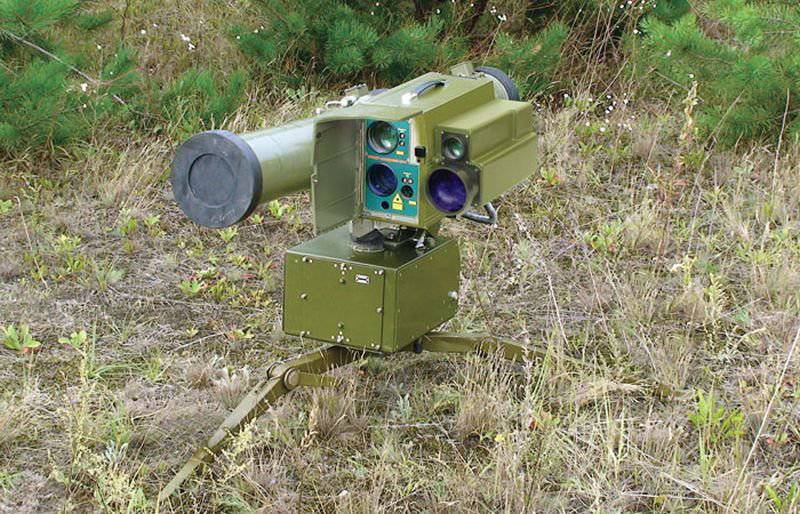
Portable ATGM is a modular design that includes anti-tank missile, control system and guidance. The main developer is Kiev Luch.
Ukrainian portable missile system is a high-precision means of destruction of armored vehicles and enemy targets. An ATGM of the development of the Kiev Luch Design Bureau formed around itself an association of defense, electronic and precision mechanics of enterprises. The ATGM itself was created according to a modular scheme, which corresponds to modern trends in the production of weapons. This has expanded the possibilities of using anti-tank guided missile systems, since missile components or components of the carrier may change in accordance with customer requirements.
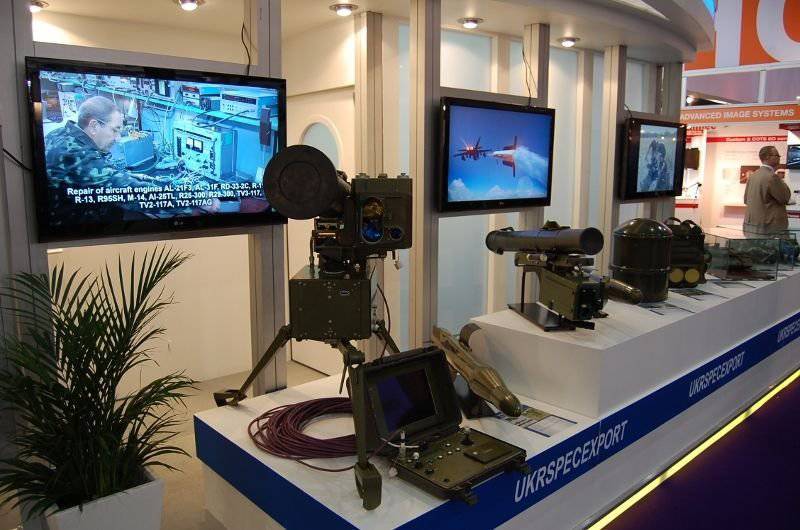
Ukrainian designers also created the following unique ATGM:
- anti-tank guided missiles for weapons tank Techniques "Combat";
- anti-tank guided missiles for the armament of light types of Stung armored vehicles.
The ATGM data has already been “optimized” for the caliber of NATO, for the supply of missiles and complexes for export.
On the basis of these missiles, a portable Skif ATGM and a lightweight portable Corsair complex were created. These portable ATGMs are in service with the ground forces of Ukraine. There are opportunities to install the systems on any combat helicopters.
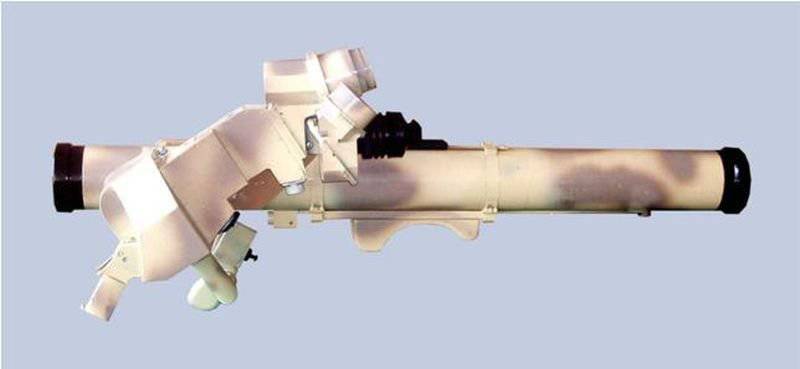
Portable Skiff ATGM was created jointly with the Belarusian defense-industrial complex. It was demonstrated at the Minsk arms salon "MILEX-2011". Portable ATGMs are already successfully supplied by some foreign customers. Many copies of ATGM and ATGM are installed on the exported equipment, which increases the competitiveness of armored vehicles.
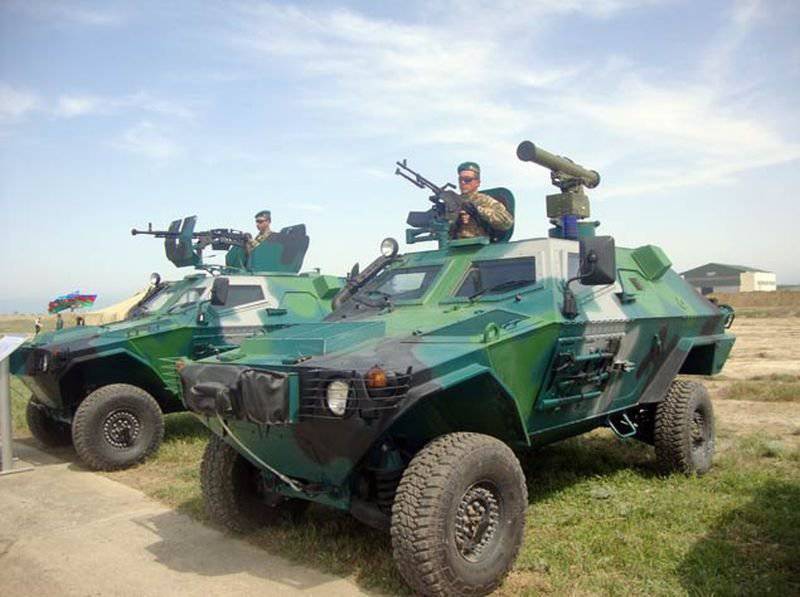
Portable multi-purpose ATGM "Skif" shock destination, has the ability to connect to automated combat control systems. It has the properties of anti-tank and artillery weapons near tactical zone. It affects all modern types of light armored vehicles, provided with modern types of armor.
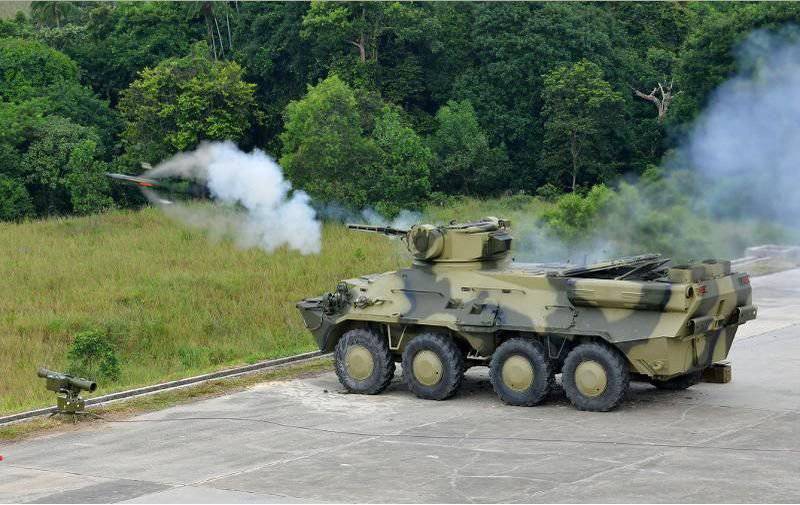
One of the main features is the guidance of a guided missile at a selected target from a closed position or shelter, which increases the survivability of the calculation of the complex.
The composition of the complex:
- launcher, weight 28 kilogram;
- TPK with a rocket, weight 29.5 kilogram;
- a device for the guidance of the rocket PN-S, weight 16 kilogram;
- reconciliation module.
Guided anti-tank missile caliber 130mm, length TPK 1.36 meter, diameter TPK - 14 centimeters. The rocket is installed warhead tandem, cumulative (OF, thermobaric) performance. The temperature range of the complex from + 50 to -40 degrees.
The rocket is controlled by a laser beam, with a programmatically changeable direction, determined by the flight path “above” the line of sight. This avoids the illumination of the rocket flight display and eliminates the main interference (smoke and dust from the launch of the rocket) from view. The gunner of the complex constantly keeps the target on the remote control display, marking the target with an aiming mark. Also, the mode increases protection against various systems that interfere with the laser beam. The ATGM can only be detected at the final approach point.
The range of use of the Skif portable complex is from 0.1 to 5.5 km. The armor penetration for the protection of a dynamic type is more than 800mm, when used in the ATGM of an ATGM of the caliber 152mm, the armor penetration is more than 1000mm. The ATGM uses a semi-automatic laser guidance system. The built-in laser range finder provides a range measurement of up to seven kilometers (± 5 meters).
The main advantages:
- increased accuracy of the destruction of the target;
- defeat targets during the day and night;
- defeat of targets from the zone of inaccessibility of the target’s weapons (extended range);
- increased survivability of the ATGM calculation through the use of a remote control unit (up to 100 meters);
- the ability to auto track mode refers ATGM to the modern class of weapons "shot and forgot";
- a wide range of possible carriers - land-based wheeled and tracked vehicles, helicopters and surface boats.
Key Features:
- caliber -130mm;
- TPK length - 1.36 meter;
- diameter TPK - 14 centimeters;
- day / night firing range - up to 5.5 / 3 kilometers;
- “dead zone” - 100 meters;
- maximum flight time - 23 seconds;
- cumulative tandem warhead;
- the weight of the remote control - 10 kilogram;
- The weight of the thermal module - 6 kilogram.
Information sources:
http://www.luch.kiev.ua/russian/main.htm
http://www.military-informer.narod.ru/antitank-skif.html
Information